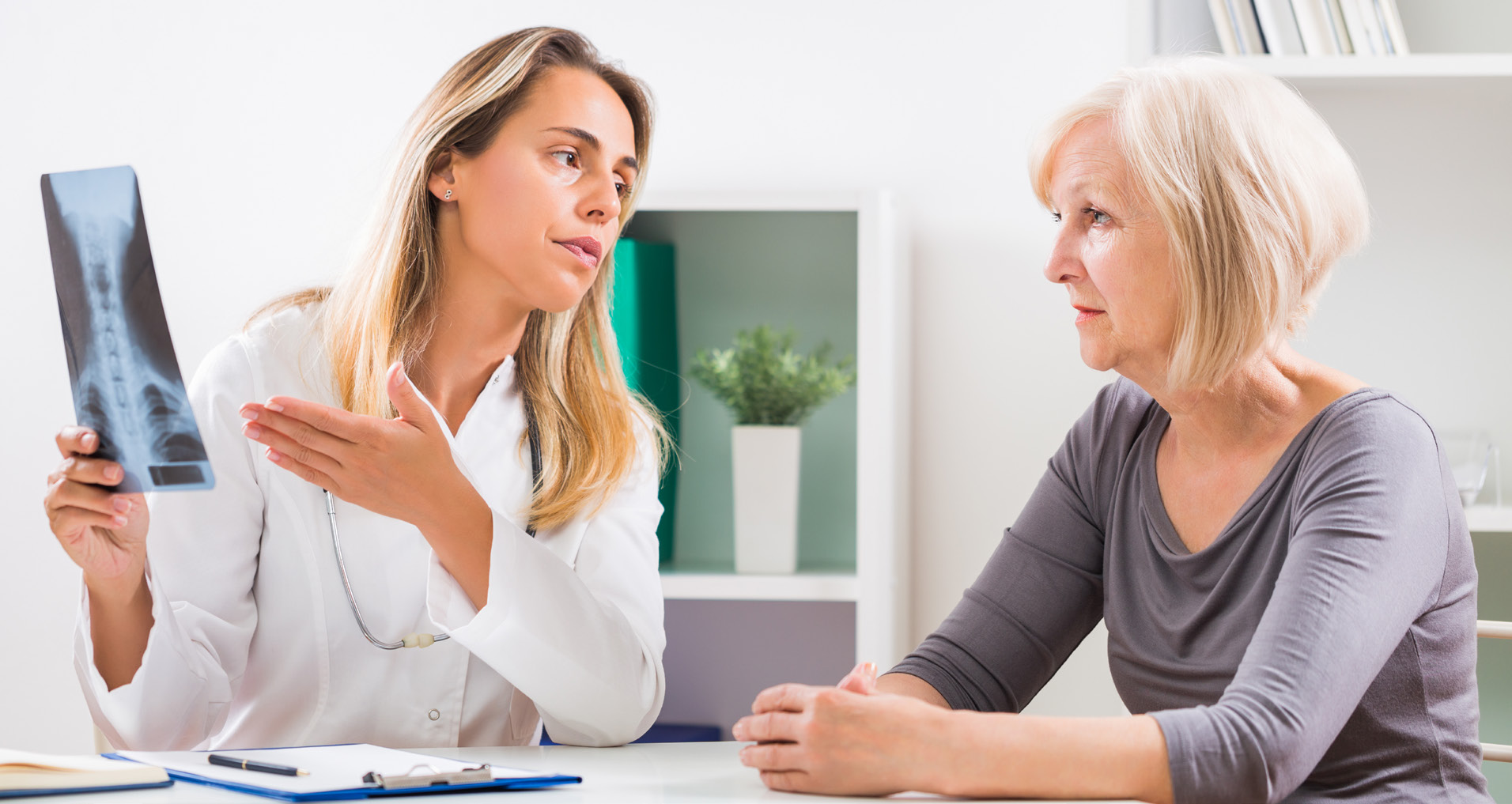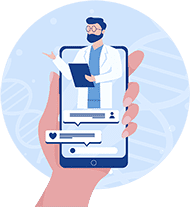Communication is an important component in any relationship, but it’s difficult when it seems like the two communicating parties are speaking different languages. This can be how it feels between patients and physicians sometimes. Each party is trying to achieve the goal of a positive health outcome for the patient, but they are coming at it from vastly different backgrounds. Providing educational content can help to bridge that gap between patient and physician, leading to better communication and improved patient health outcomes.
The disconnect between patients and providers
It’s no secret that all too often the relationship between patient and provider needs work. Too many people think of doctors as simply a resource for when something goes wrong with their health; they don’t realize that doctors can also help keep us well, if we will only work with them and follow their instructions. Lots of people view doctors as some kind of enemy whose only job is to tell them that they have to change their entire way of living. In fact, it’s estimated that almost 80% of people will leave out details or flat out lie to their providers about their personal health in order to avoid needing to make any lifestyle changes. This is no way to have a strong relationship.
Outside of this issue, there’s the “Dr. Google” phenomenon. Many Americans go to the doctor as merely a formality, convinced they’ve already diagnosed their own condition with the help of the internet. Seeing the doctor is just the last step to getting treatment. The reality is, though, that the information on the internet is largely unvetted. It’s certainly nothing anyone should be using to make health decisions. And yet many patients go to the doctor determined that they already know what’s wrong and refusing to be convinced otherwise. You can imagine how frustrating this is for physicians who spent many years in medical school and know better. And so the relationship breaks down further. Bridging the Gap Between Patient and Physician Through Educational Content 80% People leaving out details about personal health
How can education help?
When patients clearly understand their condition, they’re more likely to be compliant with the treatment as well as take ownership of their lifestyle for the benefit of their own well-being. Just hearing that you need to change your eating habits or exercise more can feel restrictive. Having a doctor provide you with detailed information about your health condition and how changing eating habits and exercise will help you to feel better, as well as avoid getting worse and possibly needing costly and disruptive treatment, feels a lot like control. And we Americans like our control.
Additionally, this “Dr. Google” phenomenon has made patients crazy for information. We like to see what’s going on in our bodies in writing. When patients come in for an appointment convinced of their condition, it can be helpful to provide detailed information when sharing that Google diagnosed them incorrectly. While it isn’t right that people tend to believe information on the internet that could have been written by anyone rather than their doctor who spent several years in medical school, it’s the way it is. And combatting incorrect information with correct information is a great way to restore that trust and relationship.
Where CDS comes in
Clinical decision support provides the kind of educational material patients crave in printable or sendable handouts. This information is written to a level that can be understood by the average person, no medical degree required, and shows the patient how the diagnosis was made and what the diagnosis means to them. This information can then help the patient to be more compliant as well as allow them to see that their doctor is more knowledgeable than Google, bolstering the trust necessary for a successful doctor-patient relationship.
Unfortunately, patients and providers don’t always see eye to eye, but it doesn’t have to stay that way. By using clinical decision support to provide clear, concise patient education, doctors can help patients to develop a better understanding of their health condition and how they can improve it. Are you ready to improve your relationship with your patients? VisualDX offers patient handouts for over 400 of the top diagnoses that doctors are likely to see. That’s a lot of quality education for your patients. Henry Schein Solutions Hub can get you started with VisualDX, so why wait? Start improving those relationships with your patients today. Visit henryscheinsolutionshub.com or call 833-433-2482 to get started.




